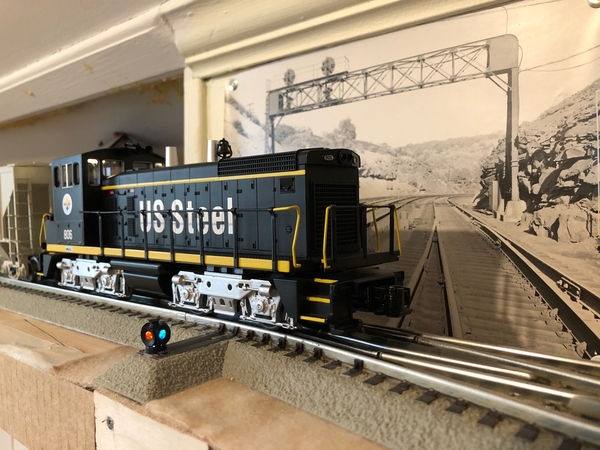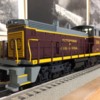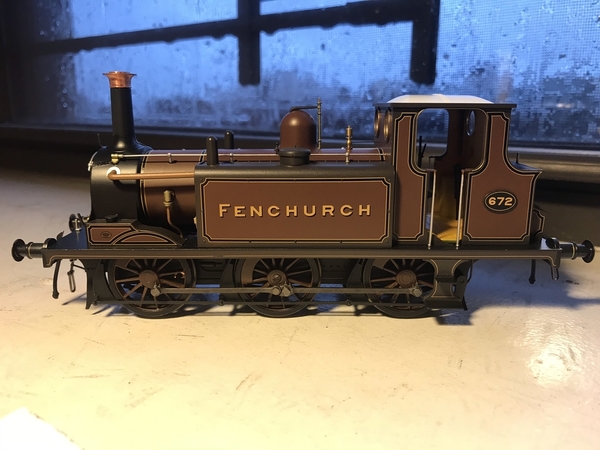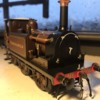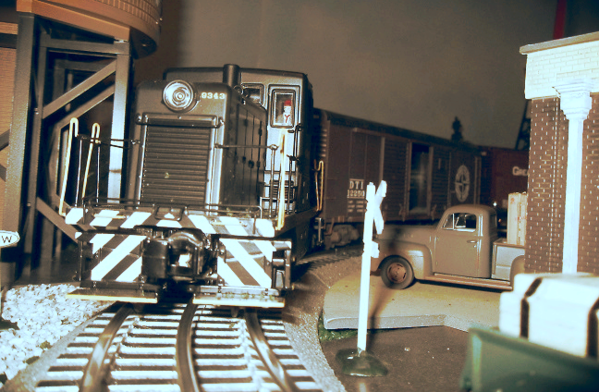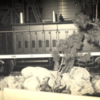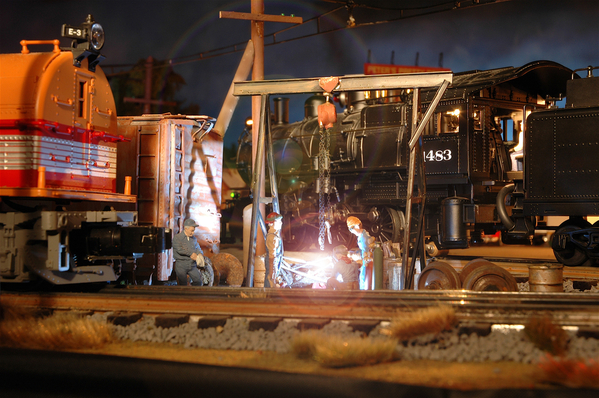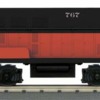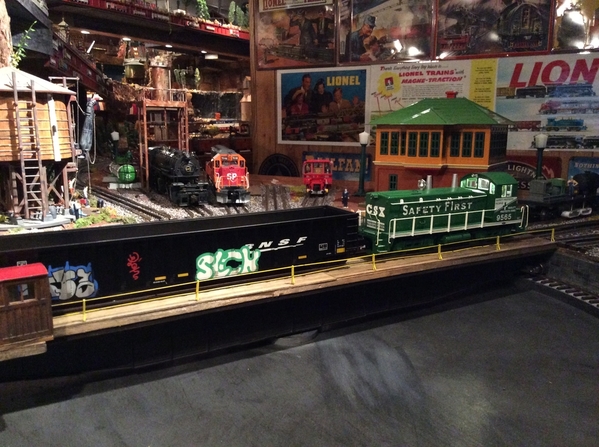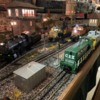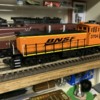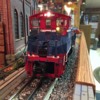Many of us love our switchers, and we already have a very popular and longstanding Topic called Switcher Saturday. However, I cannot remember any comments therein regarding switching operations.
The purpose of this topic is to focus on switching operations and share our switchers that are best at switching, and explain why. For those of us with switching layouts like me, with a lot of turnouts and sidings, sharing this information should be very helpful.
IMO, for a switcher to be among the best at switching, it should at least have both front and rear electrocouplers, which operate anywhere on the layout. As much as I love my Postwar NW2 ATSF bellringing 6220, such switchers that require a remote control track section to couple and uncouple are limited. Modern switchers that can couple and uncouple anywhere on the layout are better switchers at switching, IMO.
Another highly desirable quality is user friendliness. I do not like having to listen to several clinks and/or clanks to do coupling and uncoupling.
I do not have any of the advanced Lionel and MTH operating systems, so my experience with modern electrocouplers on switchers is limited. So I am very interested in knowing what you folks who have such advanced systems have to say on this subject.
In my limited experience, my best switchers for switching are LC+ locomotives with front and back electrocouplers. They couple and uncouple anywhere on the layout at the press of a button or two. I can't wait to get the brand new LC+2.O tank engine with front and back electrocouplers in the latest Lionel catalogue.
Another desirable quality is for the switcher to be a pretty good puller, which is usually the case if the switcher has heft so it can pull a fair number of cars. This is more likely to be the case if the body of the engine is made of metal, as opposed to plastic.
Yet another issue is the alignment of the electrocouplers. Good alignment is necessary to eliminate the Hand of God (HOG), as GunrunnerJohn would say. Eliminating the HOG is very important!
In closing, photos of your best operating switchers would be good, and videos showing the best switchers actually doing their switching without the HOG would be even better. I think it will "take two to Tango" (2 people) to create such a video, one doing the switching and the other videotaping it, which is something I cannot do until I get a partner in crime to come to my basement.
Looking forward to your contributions on this thread. Arnold





